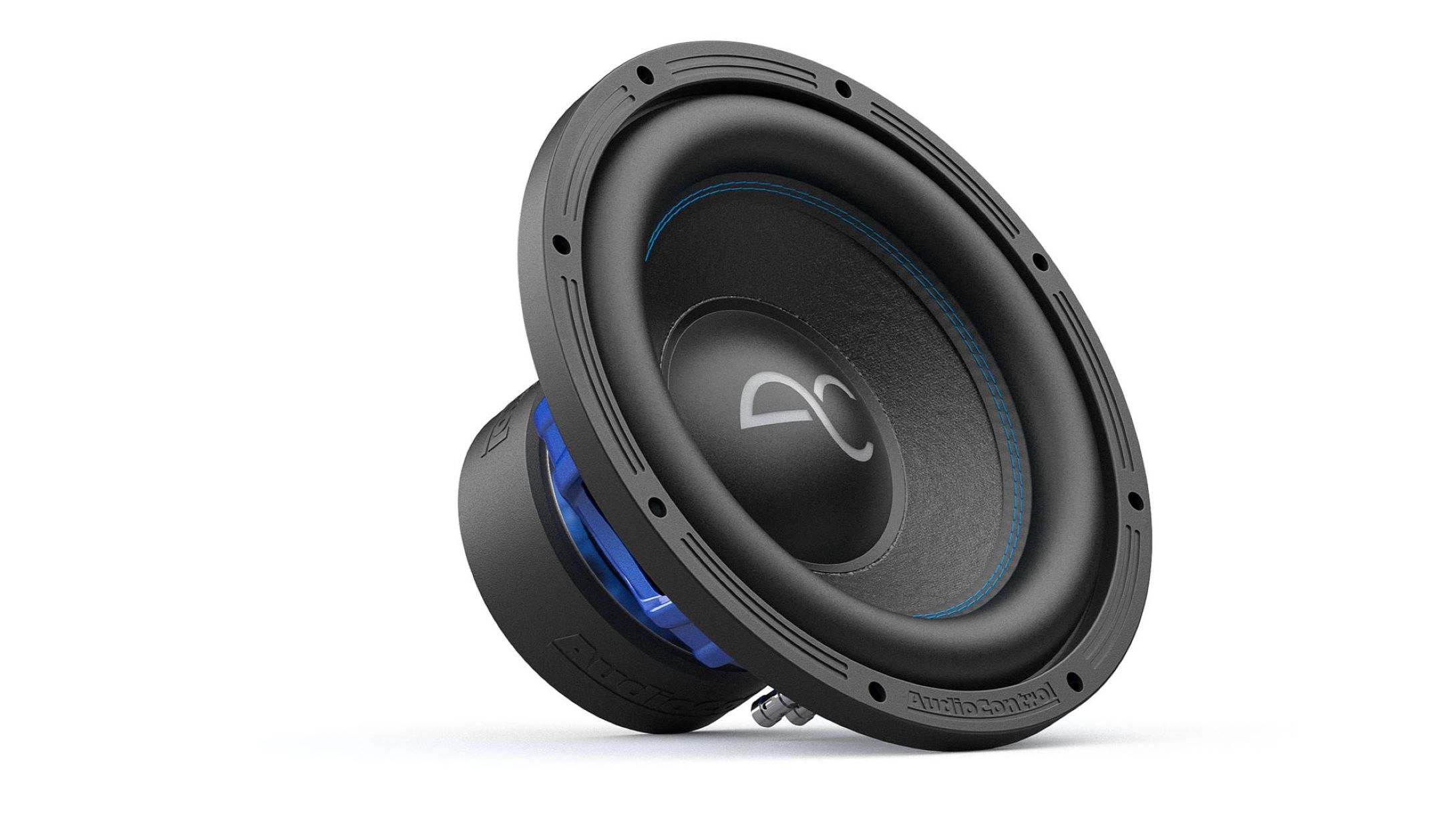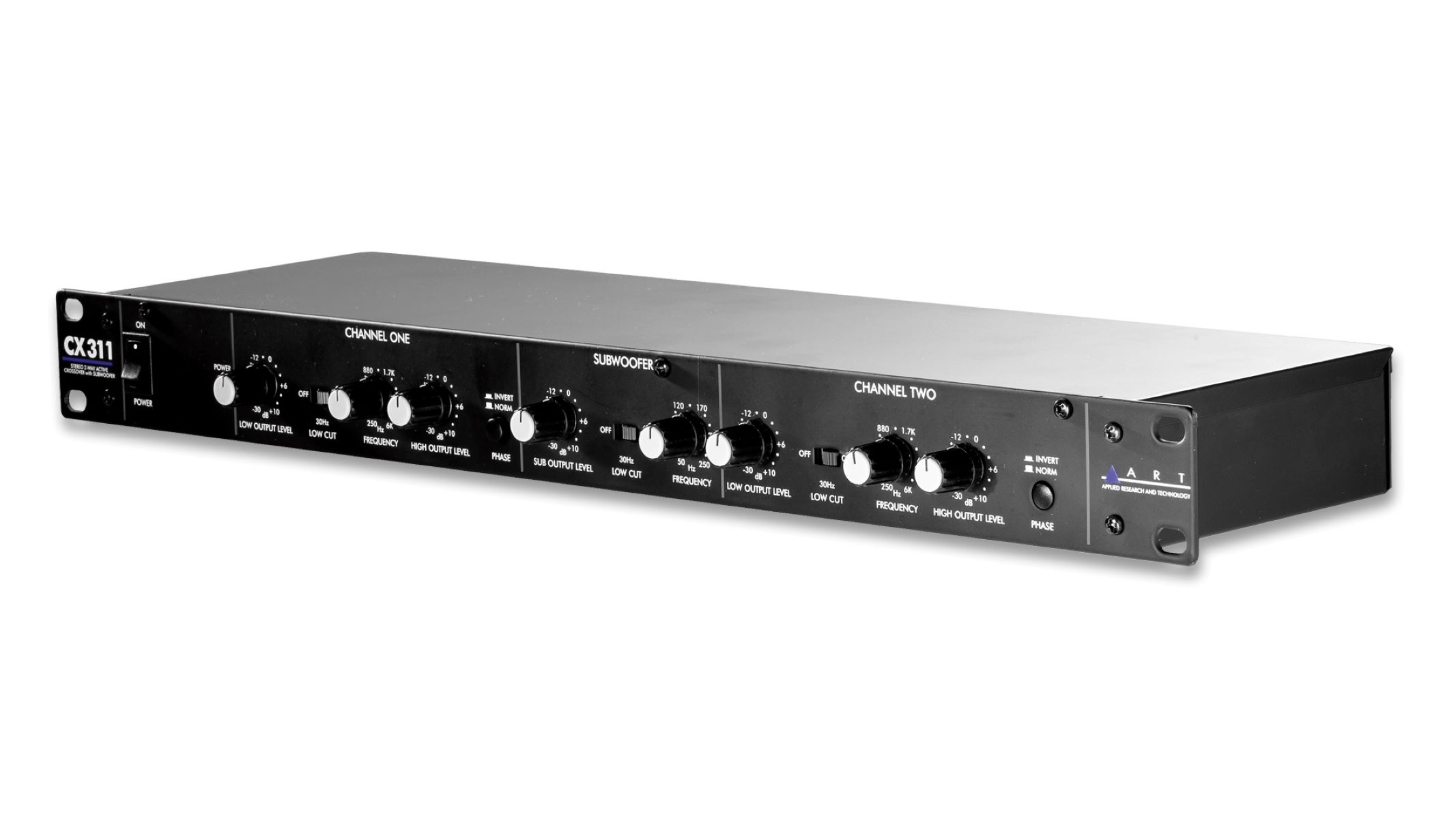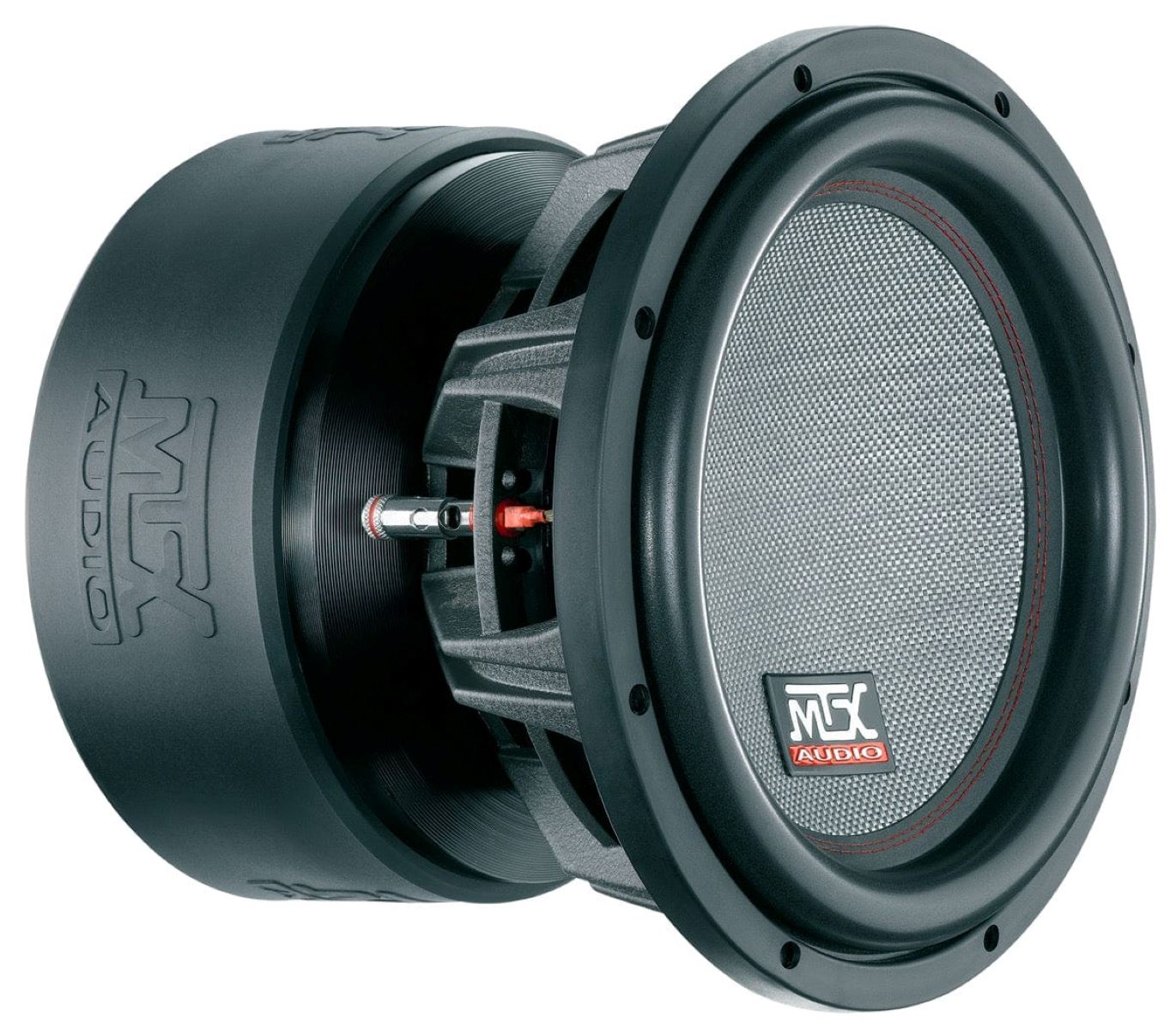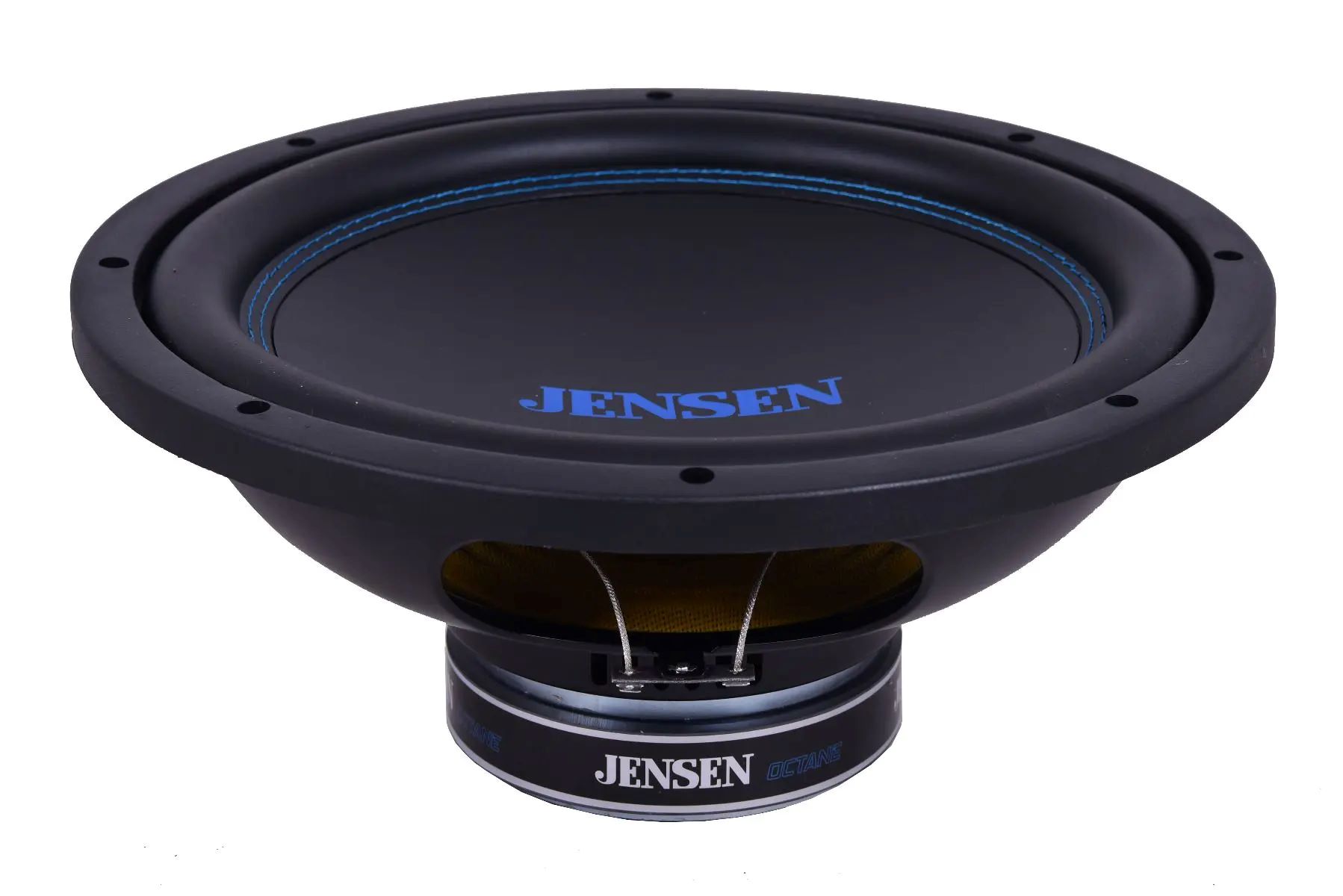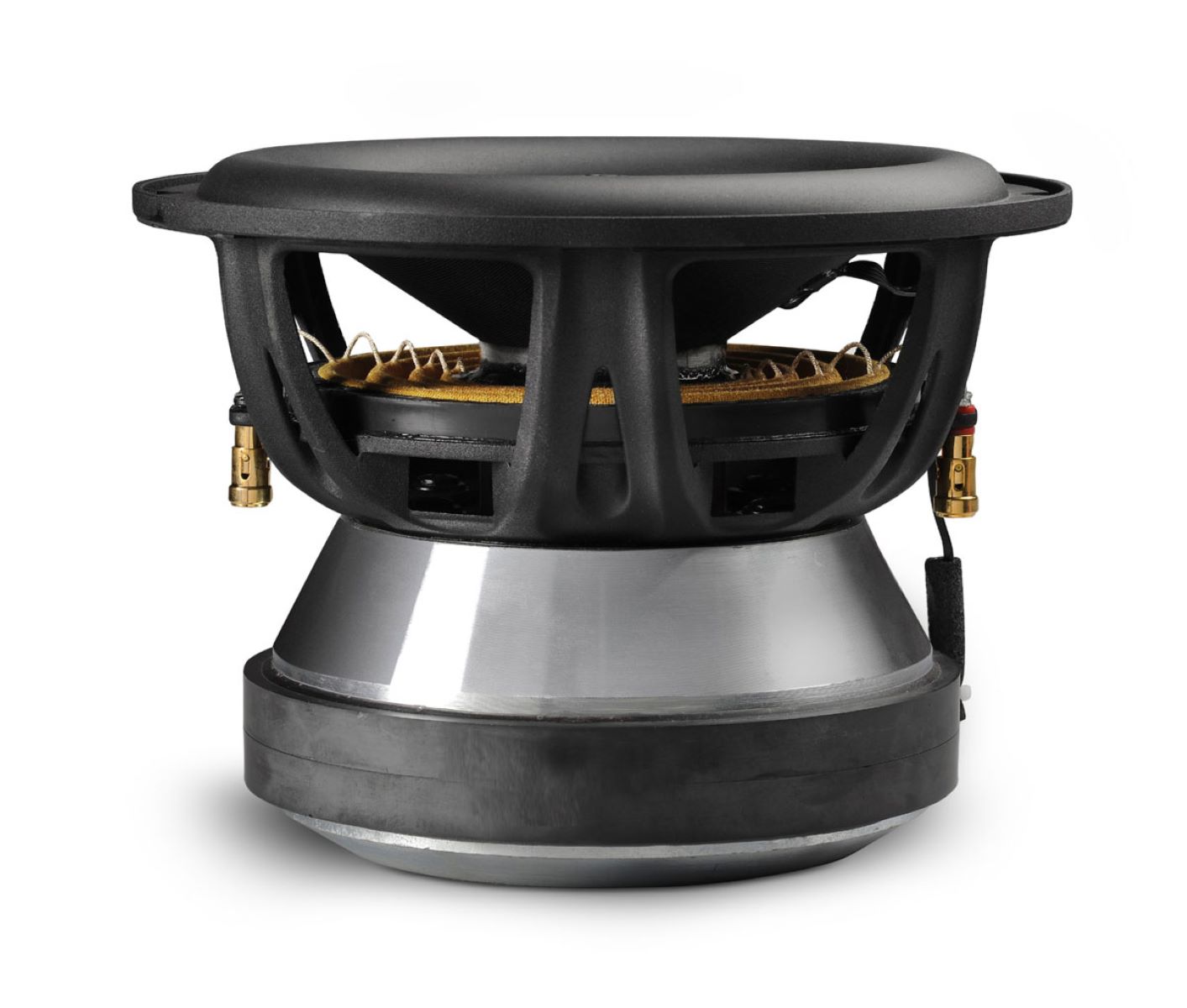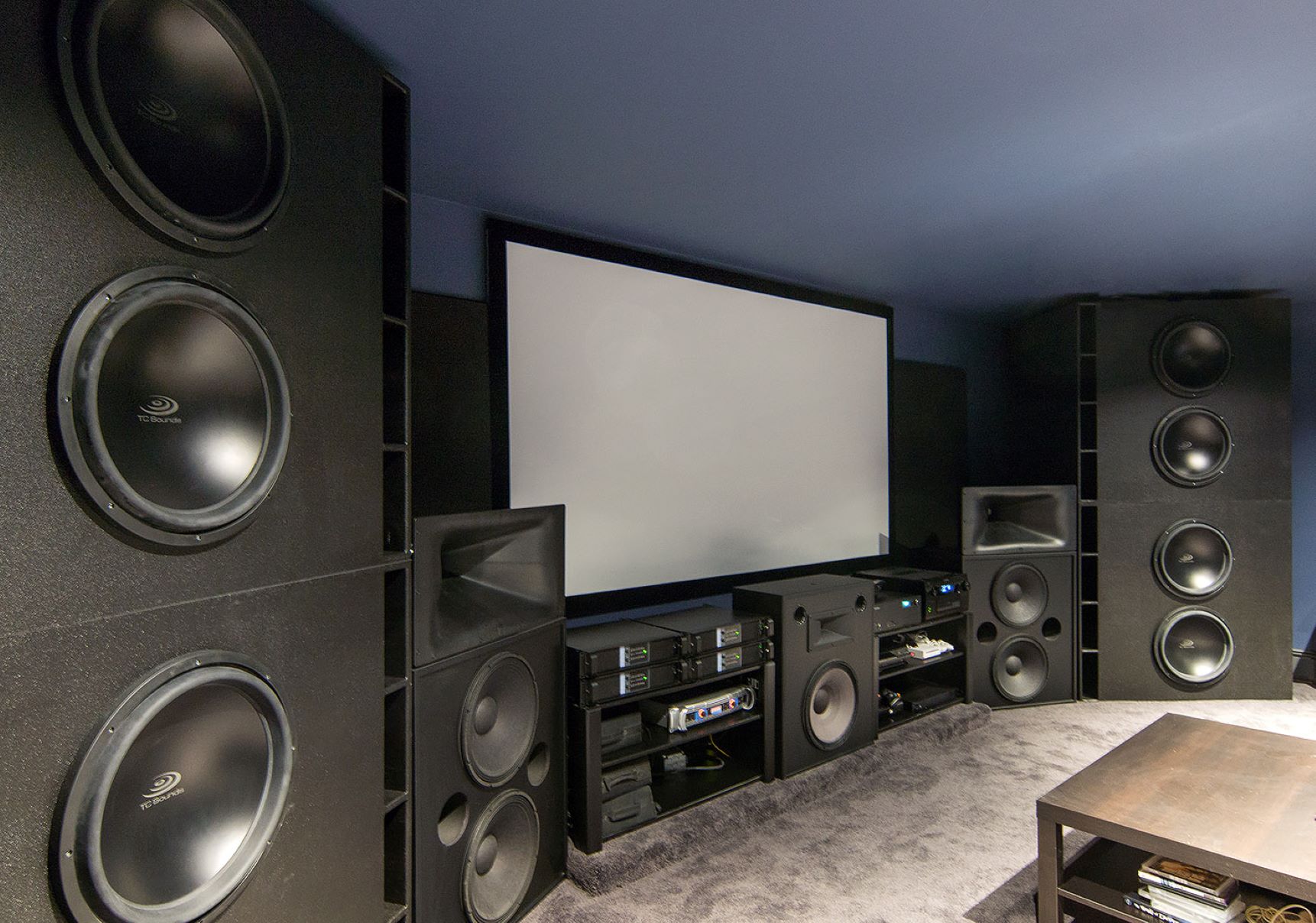Home>Devices & Equipment>Subwoofer>What Is The Biggest Subwoofer
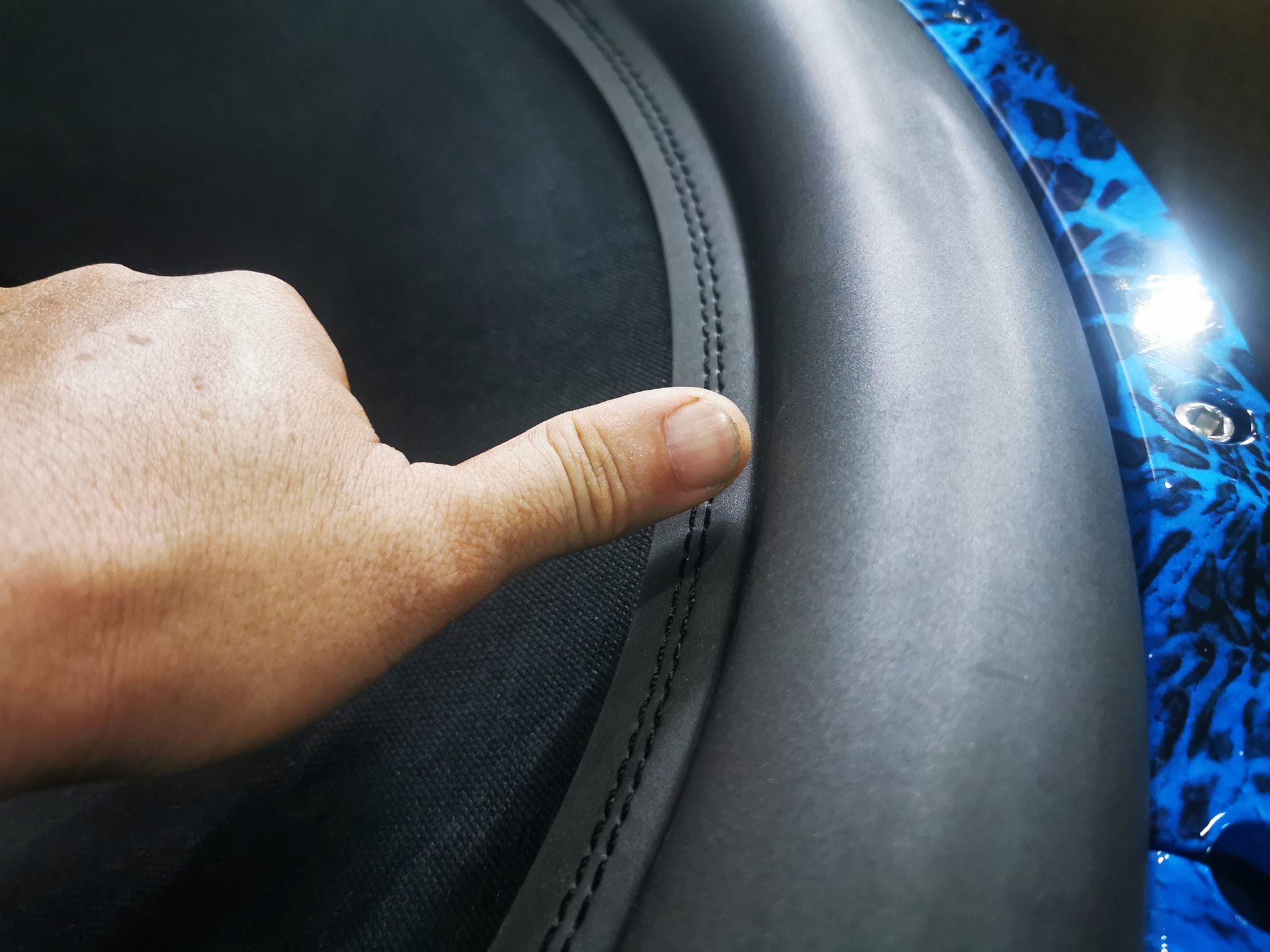

Subwoofer
What Is The Biggest Subwoofer
Published: January 22, 2024
Discover the biggest subwoofer on the market and enhance your audio experience with powerful bass. Upgrade your sound system with the leading subwoofer technology.
(Many of the links in this article redirect to a specific reviewed product. Your purchase of these products through affiliate links helps to generate commission for AudioLover.com, at no extra cost. Learn more)
Table of Contents
Introduction
Welcome to the world of subwoofers, where sound meets power and bass becomes a force to be reckoned with. A subwoofer is a speaker specifically designed to reproduce low-frequency sounds, adding depth and impact to your audio experience. If you’re a fan of music genres such as hip-hop, EDM, or action-packed movie soundtracks, you know the value of a quality subwoofer in delivering those thumping, chest-pounding bass notes.
In this article, we will delve into the fascinating world of subwoofers and explore the concept of the biggest subwoofer. We’ll discuss the different types of subwoofers, the criteria for determining the largest subwoofer, and even take a look at the current record holder. So, fasten your seatbelts and get ready for a deep dive into the world of massive sound!
Before we begin exploring the largest subwoofers, let’s take a moment to understand what subwoofers are and why they play a crucial role in any audio setup. Subwoofers are designed to handle low-frequency sounds, typically in the range of 20-200 Hz. These low-frequency sounds, commonly referred to as bass, are often felt more than they are heard, and they add depth and realism to music, movies, and even video games.
By having a dedicated subwoofer in your audio setup, you can ensure that these low-frequency sounds are reproduced accurately and with the necessary power. This means you can feel the rumble of an explosion, the thump of a kick drum, and the richness of a bass guitar in ways that regular speakers simply can’t reproduce.
Understanding Subwoofers
Subwoofers are specialized speakers designed specifically to handle low-frequency sounds, commonly known as bass. They are a crucial component in any audio system, whether it’s a home theater setup, a car audio system, or a professional sound system at a concert venue.
What makes subwoofers unique is their ability to reproduce low frequencies with precision and power. Regular speakers are not optimized to handle these deep bass tones, which is why incorporating a subwoofer is essential to achieve the full range of audio frequencies.
Subwoofers are typically larger in size compared to conventional speakers in order to accommodate the larger drivers needed to produce the low-frequency sounds. These drivers are responsible for generating the sound waves that create deep bass vibrations. The larger the driver, the more air it can move, resulting in more powerful and impactful bass reproduction.
Subwoofers can come in various designs, including sealed enclosures, ported enclosures, and bandpass enclosures. Sealed enclosures provide precise and accurate bass response, but they require more power to achieve the same volume level as ported enclosures. Ported enclosures, on the other hand, are more efficient in generating louder bass tones but may sacrifice some accuracy. Bandpass enclosures are a hybrid design that combines elements of both sealed and ported enclosures to achieve a balance between accuracy and volume.
In addition to the size and design of the subwoofer, other factors such as the amplifier power and frequency response range also contribute to the overall performance of the subwoofer. The amplifier provides the necessary power to drive the subwoofer and deliver impressive bass output. The frequency response range indicates the lowest and highest frequencies that the subwoofer can reproduce effectively.
Understanding the technical specifications of subwoofers can help you make an informed decision when choosing the right subwoofer for your audio system. Whether you’re looking for thunderous bass in your home theater or powerful low-end punch in your car audio, a properly chosen subwoofer can greatly enhance your audio experience and take it to the next level.
Types of Subwoofers
When it comes to subwoofers, there are various types available in the market, each with its own strengths and characteristics. Understanding the different types can help you determine which subwoofer is best suited for your specific needs and preferences. Let’s explore the most common types of subwoofers:
- Active Subwoofers: Active subwoofers, also known as powered subwoofers, have a built-in amplifier, making them a self-contained unit. This means that they can be connected directly to your audio source without the need for an external amplifier. Active subwoofers make setup easier and are a popular choice for home theaters and smaller audio systems.
- Passive Subwoofers: In contrast to active subwoofers, passive subwoofers do not have a built-in amplifier. They require an external amplifier to power them. Passive subwoofers are commonly used in larger audio setups and professional sound systems, where separate amplifiers are employed to drive them.
- Car Subwoofers: Car subwoofers are specifically designed for use in vehicles. They are usually compact in size to fit in limited spaces, such as car trunks or under seats. Car subwoofers are available in both active and passive configurations and are known for their ability to deliver powerful bass in a small enclosure.
- Home Theater Subwoofers: Home theater subwoofers are designed to complement home theater systems by providing deep and immersive bass. They are typically larger in size compared to car subwoofers and can deliver a more impactful, room-filling low-end experience. Home theater subwoofers can be either active or passive and are essential for creating a cinematic audio environment.
- In-Wall and In-Ceiling Subwoofers: In-wall and in-ceiling subwoofers are designed to be mounted within walls or ceilings, providing a discreet and blended audio experience. These subwoofers are perfect for those looking to optimize space or maintain a clean aesthetic without sacrificing audio quality.
- Wireless Subwoofers: As the name suggests, wireless subwoofers offer the convenience of not having to run physical cables from the receiver or amplifier to the subwoofer. They typically utilize a wireless audio transmission technology, such as Bluetooth or Wi-Fi, to connect with the audio source. Wireless subwoofers are commonly used in home audio setups, where cable management can be a challenge.
Each type of subwoofer has its own advantages and considerations, and the choice ultimately depends on your specific requirements and constraints. Whether you’re looking for a compact subwoofer for your car or a powerful and immersive bass experience for your home theater, there’s a subwoofer type out there that’s perfect for you.
Criteria for the Biggest Subwoofer
When we talk about the biggest subwoofer, we’re not just referring to physical size. While size does play a role in determining the largest subwoofer, there are other important factors to consider as well. Let’s take a look at the criteria used to determine the biggest subwoofer:
- Driver Size: One of the primary factors in determining the size of a subwoofer is the size of its driver. The driver is responsible for producing the low-frequency sounds, and the larger the driver, the more air it can move and the more powerful the bass it can generate.
- Enclosure Size: The size of the subwoofer enclosure also contributes to the overall size of the subwoofer. Larger enclosures allow for more air volume, which can enhance the bass response and overall sound quality.
- Power Handling Capacity: The power handling capacity of a subwoofer is another crucial criterion when determining the largest subwoofer. Subwoofers with higher power handling capabilities can handle more power and deliver louder and more impactful bass.
- Frequency Response Range: The frequency response range indicates the lowest and highest frequencies a subwoofer can effectively reproduce. Subwoofers with wider frequency response ranges can cover a broader range of bass frequencies, resulting in a more immersive bass experience.
- Efficiency: The efficiency of a subwoofer refers to how effectively it converts power into sound. Higher-efficiency subwoofers require less power to produce the same volume level, making them more energy-efficient and capable of delivering louder bass.
- Design and Materials: The design and materials used in constructing the subwoofer can also impact its overall size and performance. Advanced materials and innovative designs can help optimize the size-to-performance ratio, allowing for larger subwoofers without compromising sound quality.
It’s important to note that the biggest subwoofer may not always be the best in terms of sound quality. While size can contribute to powerful bass output, it’s crucial to strike a balance between size, performance, and practicality. A well-designed and properly engineered subwoofer should deliver deep, clean, and impactful bass without being overly large or impractical for your specific needs.
Now that we’ve explored the criteria for determining the biggest subwoofer, let’s move on to discover the current record holder in the quest for massive bass!
The Current Record Holder
When it comes to the title of the biggest subwoofer, the current record holder is the “Goliath” subwoofer, manufactured by SVS (SVS Sound LLC). SVS is renowned for producing high-performance audio equipment, and the Goliath subwoofer lives up to its name in both size and power.
The SVS Goliath subwoofer is a behemoth, featuring a massive 32-inch driver, which is the largest driver ever incorporated into a consumer-level subwoofer. This enormous driver allows the Goliath to move an incredible amount of air, resulting in deeply impactful bass and room-filling low-frequency reproduction.
In addition to its impressive driver size, the Goliath subwoofer boasts an equally impressive power handling capacity, with the ability to handle a whopping 5,000 watts of continuous power. This kind of power ensures that the Goliath can deliver thunderous bass with exceptional authority, making it an ideal choice for high-end home theater setups or professional audio environments.
The SVS Goliath subwoofer is not just about brute force, though. It is also designed to provide precise and accurate bass response, ensuring that every low-frequency note is reproduced with clarity and detail. SVS has incorporated advanced technologies and meticulous engineering into the Goliath, such as sophisticated amplifiers, high-quality cabinet construction, and precise tuning, to create a subwoofer that excels in both power and performance.
However, it’s important to note that the Goliath subwoofer falls into the category of extreme high-end audio equipment and comes with a substantial price tag. This makes it more suitable for audiophiles, dedicated home theater enthusiasts, or professional audio applications where uncompromising bass performance is a requirement.
While the SVS Goliath subwoofer currently holds the title for the biggest subwoofer in terms of physical size and power, it’s worth mentioning that advancements in technology and engineering are always pushing boundaries. Manufacturers are continually exploring new ways to create even larger and more impressive subwoofers to satisfy the growing demand for deep, immersive bass experiences.
With that said, the SVS Goliath subwoofer remains an exceptional example of the current pinnacle of subwoofer engineering, showcasing the possibilities when it comes to creating a subwoofer that goes above and beyond in terms of size, power, and performance.
Future Possibilities
The world of subwoofers continues to evolve, and as technology advances, we can expect to see even more impressive and groundbreaking innovations in the future. Here are some potential future possibilities for the world of massive subwoofers:
- Advancements in Driver Technology: As materials and manufacturing techniques improve, we can anticipate the development of even larger and more efficient subwoofer drivers. These drivers may incorporate advanced materials that allow for increased air movement, enabling them to produce even deeper and more impactful bass.
- Integration of Cutting-Edge Amplification: The amplification technology used in subwoofers is continually advancing. Future subwoofers may feature highly efficient and powerful amplifiers that can deliver massive amounts of clean power to drive the largest of drivers.
- Exploration of New Enclosure Designs: Different enclosure designs can significantly impact the performance of a subwoofer. Manufacturers may continue to experiment with new enclosure designs, maximizing volume and air movement to create even more massive subwoofers without sacrificing sound quality.
- Integration of Wireless Connectivity: Wireless technology has become increasingly popular in audio systems. Future subwoofers may offer seamless wireless connectivity, eliminating the need for physical cables while maintaining excellent sound quality and allowing for more flexible placement options.
- Advancements in Digital Signal Processing (DSP): DSP technology has revolutionized the way audio signals are processed. Future subwoofers may incorporate advanced DSP capabilities, allowing for precise control over frequency response, bass reproduction, and room correction, resulting in optimized and tailored bass performance.
- Integration of Smart Features: As homes become more connected, future subwoofers may incorporate smart features and compatibility with voice assistants or smart home automation systems. This could enable users to control and customize their bass experience using voice commands or through mobile apps.
It’s important to note that these future possibilities are speculative and based on ongoing trends and developments in audio technology. The actual realization of these advancements will depend on various factors, including market demand, technological feasibility, and manufacturers’ priorities and visions.
Nonetheless, one thing is certain: as the desire for deep, immersive bass experiences continues to grow, the pursuit of the biggest subwoofer will persist and push the boundaries of what is possible. We can look forward to exciting developments in the field of subwoofers, with more massive, powerful, and technologically advanced models entering the market in the future.
Conclusion
Subwoofers play a vital role in delivering powerful and immersive bass experiences, enhancing our enjoyment of music, movies, and more. Throughout this article, we have explored the concept of the biggest subwoofer and gained insight into the world of subwoofer technology.
We learned that the biggest subwoofer is not just about physical size, but also encompasses factors such as driver size, enclosure design, power handling capacity, frequency response range, efficiency, and materials used. The SVS Goliath subwoofer currently holds the title of the largest subwoofer with its colossal 32-inch driver and remarkable power-handling capabilities.
Looking ahead, we discussed future possibilities for subwoofer advancements, including driver technology, amplification, enclosure designs, wireless connectivity, digital signal processing, and smart features. These innovations have the potential to pave the way for even larger and more technologically advanced subwoofers in the future.
Ultimately, the quest for the biggest subwoofer is a testament to our desire for an impactful and immersive audio experience. Whether you’re a dedicated audiophile, a home theater enthusiast, or a lover of deep bass, the world of subwoofers offers a range of options to meet your needs and preferences.
Remember that while size and power are important considerations, sound quality and practicality should not be overlooked. A well-designed and properly engineered subwoofer, regardless of its size, should provide accurate and impactful bass reproduction, elevating your audio experience to new heights.
So, whether you’re rocking out to your favorite music, watching an action-packed movie, or hosting a party, don’t underestimate the influence of a quality subwoofer. Feel the thump in your chest, let the bass rumble through your body, and immerse yourself in a world of deep, powerful sound.
Embrace the world of subwoofers, and get ready to experience audio like never before.



